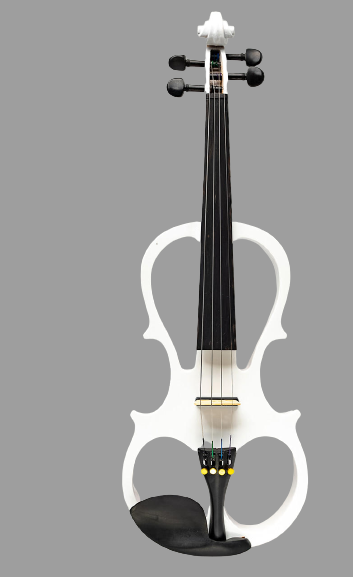
Choosing Your First Violin

There are many ways to play a violin. There are the fretted versions and the fretless versions. There are also electric violins. So which is right for you?
Acoustic violin vs. electric violin
An electric violin is an instrument that converts string vibrations into an electrical signal. It is based on the acoustic violin, but it is designed to be easier to handle, and it also has a few other benefits.
Acoustic violins produce a sound that is in tune with the way they are played. However, this is not always the case. Some instruments produce too loud sounds, while others produce too muffled sounds.
For musicians who are not used to playing fretted instruments, an electric violin is a great choice. The electronics, pick-up and wood used in construction will all affect the tone of the instrument.
Although it is possible to play an electric violin without headphones, it is much more common to plug a headset into an electric violin. This allows the player freedom of movement while playing. This is especially useful for live shows where it is not possible to hear the music from the audience.
Fretless vs. fretted versions
If you’re a beginner looking to pick up an electric violin, fretless or fretted, you may be wondering which is the better option. A fretted violin offers more flexibility and more options. However, frets are also limiting.
The main difference between a fretted and fretless violin is that a fretted one is meant to be played on the fret. This means the string is elevated and you have to hit the right spot on the fingerboard.
A fretless bass, on the other hand, is more like a soft instrument. The strings aren’t as high up, so it’s easier to play. This makes it easier to play, but it doesn’t necessarily mean it’s more fun.
On the other hand, a fretless bass is much more difficult to learn. To get the notes right, it takes a lot practice and technique. This can be a huge drawback, especially for a beginner.
On the other hand, a good fretless guitar allows for horizontal vibrato. This allows you to play longer notes. It produces a more interesting sound.
Tone control
A tone control on an electric violin changes the tonal range of the instrument. It is usually located on the side or back of the violin and can be accessed externally. Some violins have internal tone controls and preamps.
Reverb is one of the best effects on an electric violin. Reverb adds structure and warmth to the sound of the violin. Chorus is another effect. This simulates several violins playing simultaneously. It delays the incoming sound by milliseconds, and creates additional notes in actual time.
An octaver is a device that allows you to create a bass-like sound using your electric violin. An octaver can be set to change the interval by octave. This can produce a wide variety of nuances.
Echo can also be applied using the tone control on an electronic violin. This applies a time delay to the incoming signal and gives the instrument a more solid, full sound. This echo can be especially useful for enhancing the rhythm of an instrumental track.
Design
The design of electric violins has evolved over the years. You can see this evolution in the various shapes, materials, and performance characteristics. The NS Design series of electric violins is a great example of the evolution of this instrument.
The NS Design violins are known for their futuristic looks. They are loved by professional musicians around the world. They have a distinctive sound and feel.
NS Design offers three series: WAV, CR and NXT. Each model features advanced tuning systems. They are designed to be easy to play and to tune.
The WAV model features an active preamp and two piezo pick-ups. This makes it a great choice for violinists who want to experiment with electronic instruments. It also features a volume and tone knob. The CR model has a fretted fingerboard and a 2-way EQ mode switch.
NS Design violins also feature a elf-clamping tuning mechanism, which provides stability and precise fine-tuning. The bridge can be adjusted to a height that suits the performer’s needs.